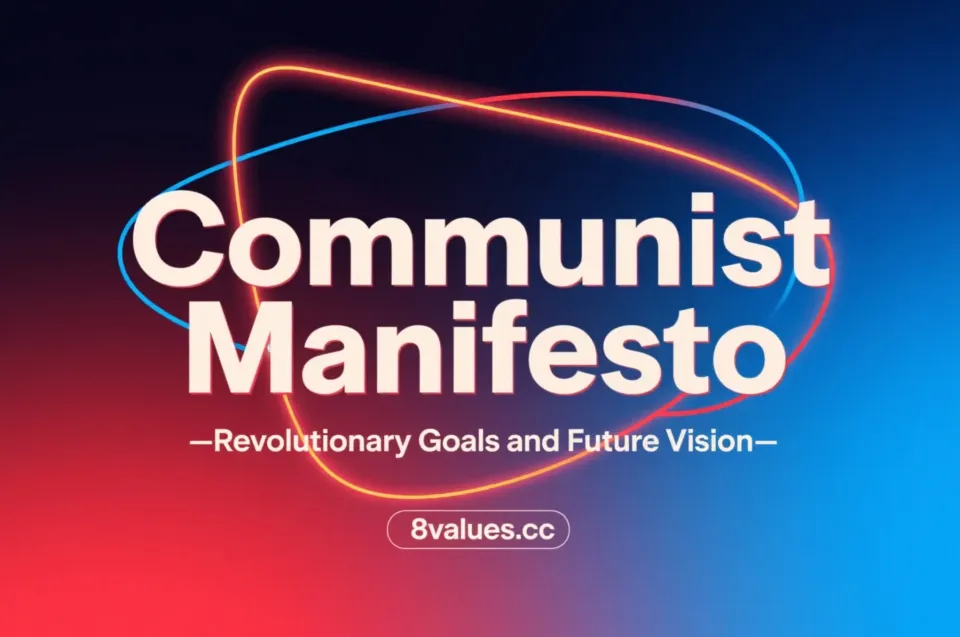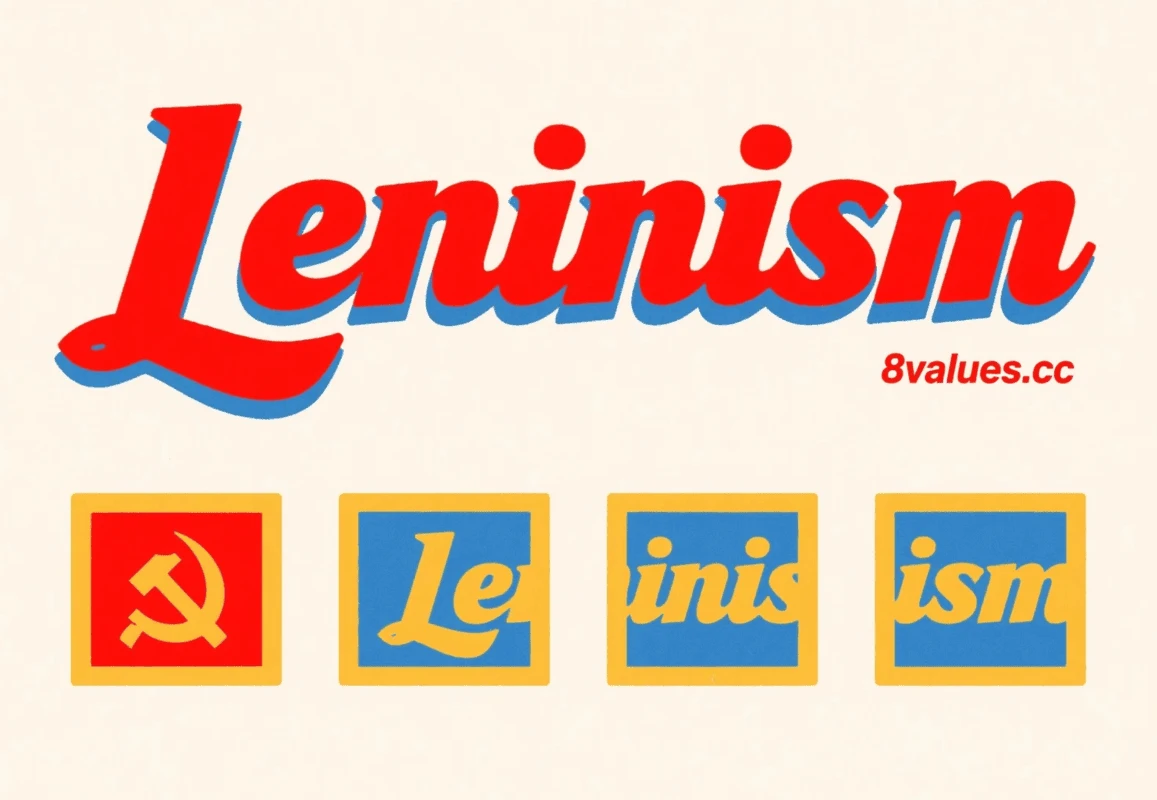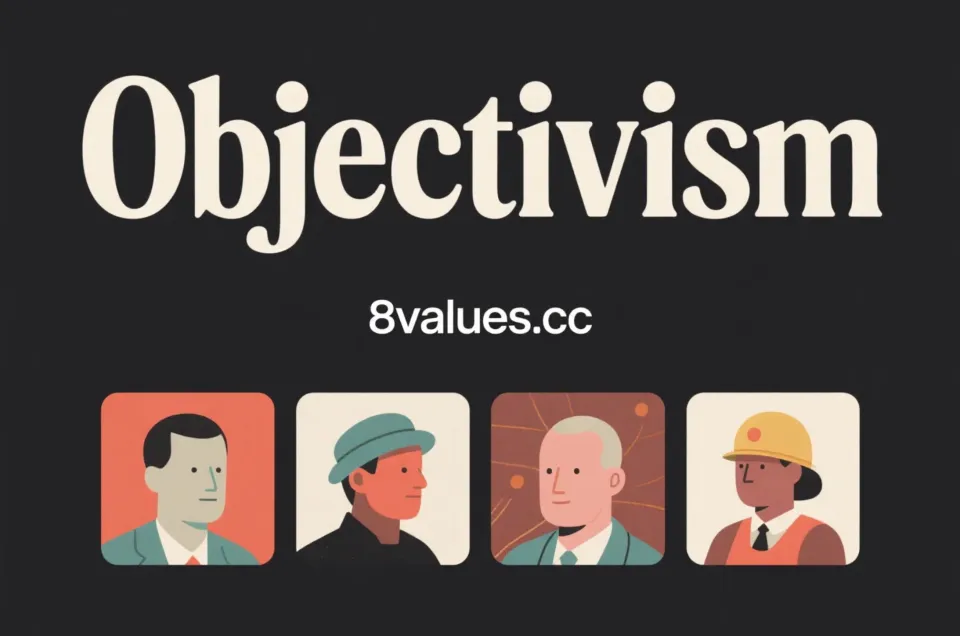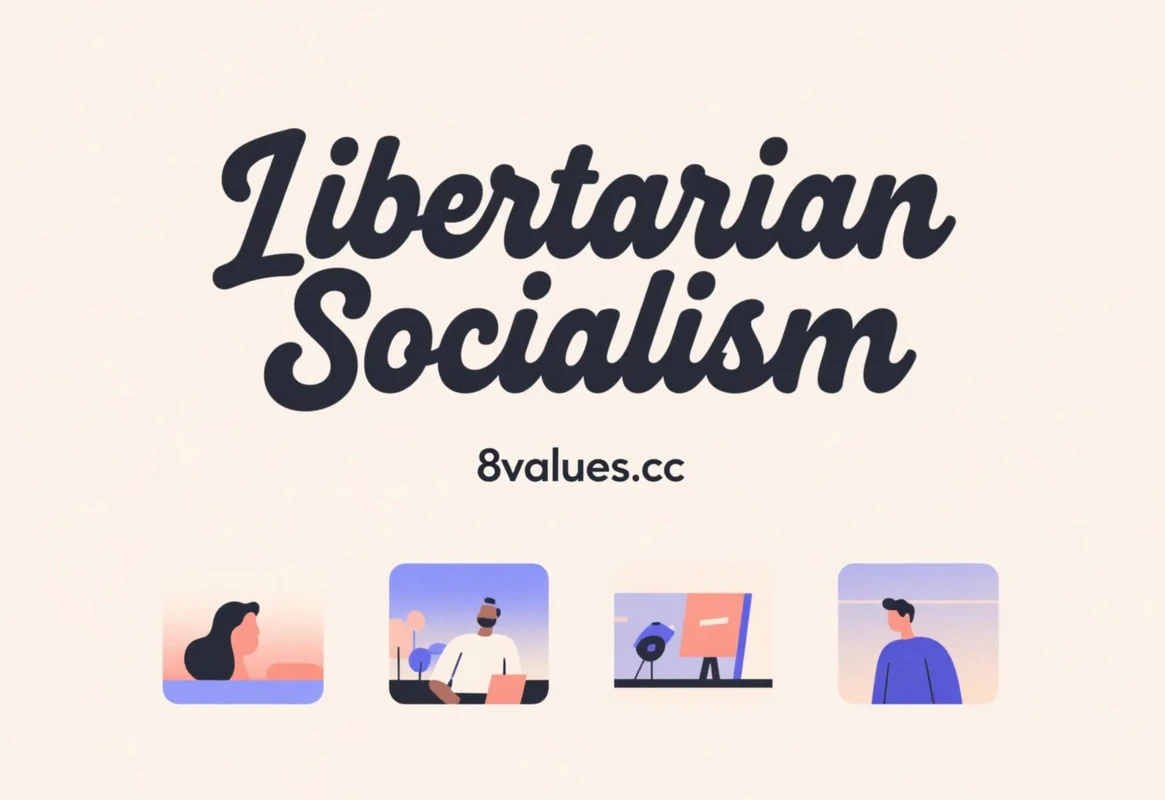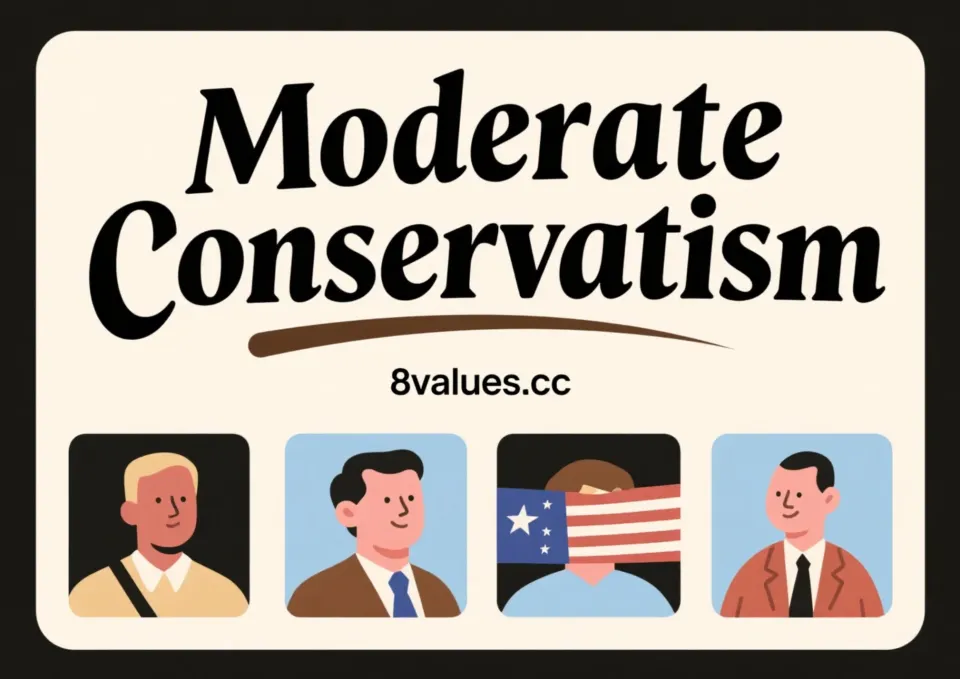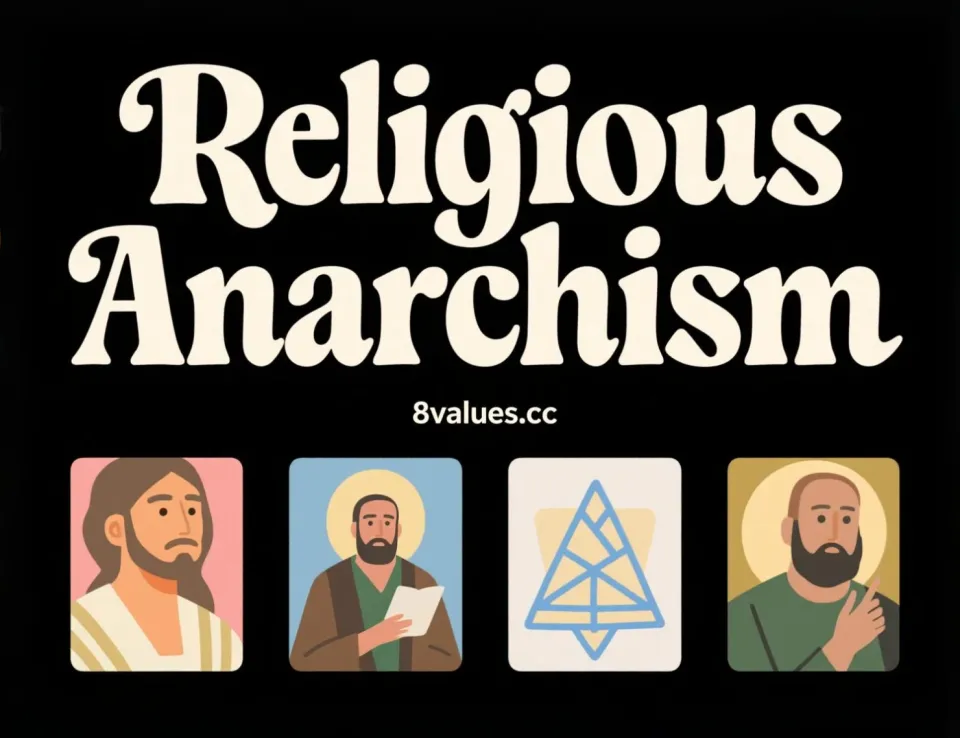The Revolutionary Goals, Core Theory and Future Social Outlook of the Communist Manifesto
The Communist Manifesto elaborates on the goals of the proletarian revolution, the theoretical core of eliminating private ownership, and the future social vision of ultimately realizing the "combination of free people". This article explains in detail the revolutionary path and long-term impact of this programmatic document, and explores its profound insights on the development of modern society.
The Communist Manifesto is one of the most influential political documents in human history. Originally known as the Manifesto of the Communist Party, the document was first published in London in February 1848 by Karl Marx and Friedrich Engels, aiming as a programmatic document for the Communist League.
Since its publication, the Communist Manifesto has had a profound impact on global political thoughts and social movements, and is still regarded by many as an important tool for analyzing the ills of capitalism and the path of human development.
Theoretical cornerstones of class struggle and the inevitability of revolution
The core idea of the "Communist Manifesto" is based on the Marxist view of materialism in history. This historical view believes that the economic mode of production and exchange, as well as the resulting social structure , are the basis for determining the political and spiritual history of an era.
Class struggle is the driving force of history
The Communist Manifesto declares at the beginning: " All the history of society to date is the history of class struggle ." Society is always in constant confrontation between the oppressed and the oppressed . In the capitalist era, class opposition was simplified and intensified, and the entire society was increasingly divided into two opposing camps: the bourgeoisie and the proletariat .
The bourgeoisie (i.e., the modern capitalist class, owns social means of production and employs labor) played a " very revolutionary role " in history. Through continuous transformation of production tools and production relations, they created more productivity in less than a hundred years of class domination than all the productivity created by all generations in the past . However, it is this rapid and revolutionary development that has led to the inherent contradiction of capitalism : an irreconcilable conflict between the socialization of production and the private possession of means of production.
The emergence of gravediggers
With the development of large-scale industry, the bourgeoisie produced its own gravediggers - the modern working class, that is, the proletariat. The proletariat (i.e., modern employed workers, who do not have their own means of production and can only sell their labor to survive) are appendixes of capital, and their labour income is only enough to sustain their life and racial continuation.
The Communist Manifesto points out that the bourgeoisie is not suitable for continuing to rule because it cannot even guarantee that its "slaves" will survive. The demise of the bourgeoisie and the victory of the proletariat are equally inevitable . The inevitability of this revolution is the conclusion of scientific socialism drawn by Marx and Engels after analyzing the historical and economic processes, which is different from the utopian socialism that relies on persuading the ruling class to achieve an ideal society.
The core objectives and theoretical cornerstones of communism
The primary goal of the proletarian revolution is to change the existing socio-economic foundation, namely the relationship of private property.
Eliminate bourgeois private ownership
The Communist Party’s theory can be summarized as one sentence: eliminate private ownership .
Marx and Engels emphasized that what they wanted to eliminate was not ordinary property from personal labor , but bourgeois private property . This modern bourgeois private property is the most complete manifestation of the production and possession of products based on class antagonism and the exploitation of the majority by the minority .
Capital is essentially a social power , and it can only operate through the common activities of many members of society and even all members of society. Therefore, turning capital into public property belonging to all members of society only changes the social nature of the property and makes it lose its class nature .
Clarification of bourgeois accusations
The Communist Manifesto also clarifies the various misunderstandings and accusations of communism by the bourgeoisie. The bourgeoisie accused communism of eliminating freedom . Marx and Engels refuted that under the bourgeois production relations, the so-called freedom is nothing more than free trade and free trading , and this freedom comes at the cost of the unfreedom of the proletariat.
In addition, the bourgeoisie also accused communism of eliminating the family . Marx and Engels pointed out that the bourgeois family is based on capital and private profit, and that the proletariat has actually lacked family relations. Modern industrial action is tearing all the family connections of the proletariat , and their children become simple commodities and tools of labor . What the Communists demanded was to stop parents' exploitation of their children and to rescue education from the influence of the ruling class.
Transitional measures for the proletariat to seize political rule
The first step in the proletarian revolution is to " elevate the proletariat to a ruling class and strive for democracy ."
The proletariat will use its political rule to seize all the capital of the bourgeoisie step by step, concentrate all production tools in the hands of the state , that is, organize it into the hands of the proletariat of the ruling class . In the early days of the revolution, these measures inevitably required " authoritarian interference " in property rights and bourgeois production relations.
At the end of Chapter 2, the Communist Manifesto lists a series of measures that can be quite universally applied in state-of-the-art countries:
- Deprive real estate and use land rent for public utilities.
- Implement high progressive income tax .
- Abolish all inheritance rights .
- Confiscated all the property of exiles and rebels.
- Through the state bank with state capital and exclusive monopoly rights, centralized credit is in the hands of the state.
- Concentrate all transportation industries in the hands of the country.
- Increase national factories and production tools , and reclaim wasteland and improve soil according to the overall plan.
- Implement universal labor obligations and establish an industrial army , especially in agriculture.
- Combining agriculture and industry , gradually eliminate urban-rural confrontation.
- Public and free education is implemented for all children , the current form of children's factory labor is abolished , and education is combined with material production.
These measures are designed to increase the total productivity as quickly as possible. While these measures may seem economically inadequate and untenable at first, they are inevitable means to radically transform all modes of production .
The Future of Communism: The Liberal Union
The ultimate goal of the proletarian revolution is to build a society that eliminates class and exploitation, that is, a communist society .
The demise of class and the loss of political power
After the transformation was completed in the transitional period, with the common management of production and the elimination of class opposition, the proletariat also eliminated the conditions for the existence of class opposition, thus eliminating the rule of its own class .
When class differences disappear in the process of development and all production is concentrated in the hands of united individuals, public power loses its political nature . Because political power is essentially " organized violence that one class uses to oppress another ."
Realize "everyone's free development"
Ultimately, a "combination" will replace the old bourgeois society where class and class opposition exists .
In this free-man union , labor will no longer be a means of increasing capital, but a means of " expanding, enriching and promoting workers' lives ."
The Communist Manifesto summarizes the future vision of this future society in one sentence: " Everyone's free development is the condition for the free development of all people ." This reveals that communism is an ideal of pursuing universal liberation .
The call of internationalism and the lasting value of historical documents
The Communist Manifesto has been internationalist from the very beginning.
Proletarians have no motherland
The Communist Manifesto points out that the working class has no motherland . The proletariat must first obtain political rule and become a national leading class, so as to organize themselves into a nation , but this is by no means a nation in the sense of the bourgeoisie .
With the development of the bourgeoisie, the unity of business freedom, the world market and mode of production, national differences and class opposition are increasingly disappearing . The rule of the proletariat will make it disappear faster.
"Proletarians all over the world, unite!"
The Communist Manifesto ends with its famous slogan that embodies the spirit of international solidarity: "Proletarians all over the world, unite!" . This slogan, together with the statement that "what the working class has lost is only chains, and what they will gain will be the whole world" condenses the necessity of the international union of the proletariat.
Continuous impact on contemporary society
To this day, the basic principles of the Communist Manifesto (e.g., economic foundations and class struggle) are still completely correct overall , and the light of its thoughts travels through time and space. The Communist Manifesto still provides a sharp analytical framework when understanding today's social contradictions and economic inequality. For example, after the global financial crisis broke out in 2008, sales of the Communist Manifesto soared.
Looking back at historical documents, people often need tools to understand their tendencies in political values. For example, the 8Values political values tendency test can help users determine their position on dimensions such as economic, social, diplomatic and government, which complements the understanding of the criticism of different political tendencies in the Communist Manifesto (such as 8values all outcome ideology ).
In his preface to 1888, Engels pointed out that the "basic ideas throughout the Communist Manifesto" are still completely correct . This makes the Communist Manifesto not only a historic program, but also a profound document that guides human society to think about its development direction and future destiny.
